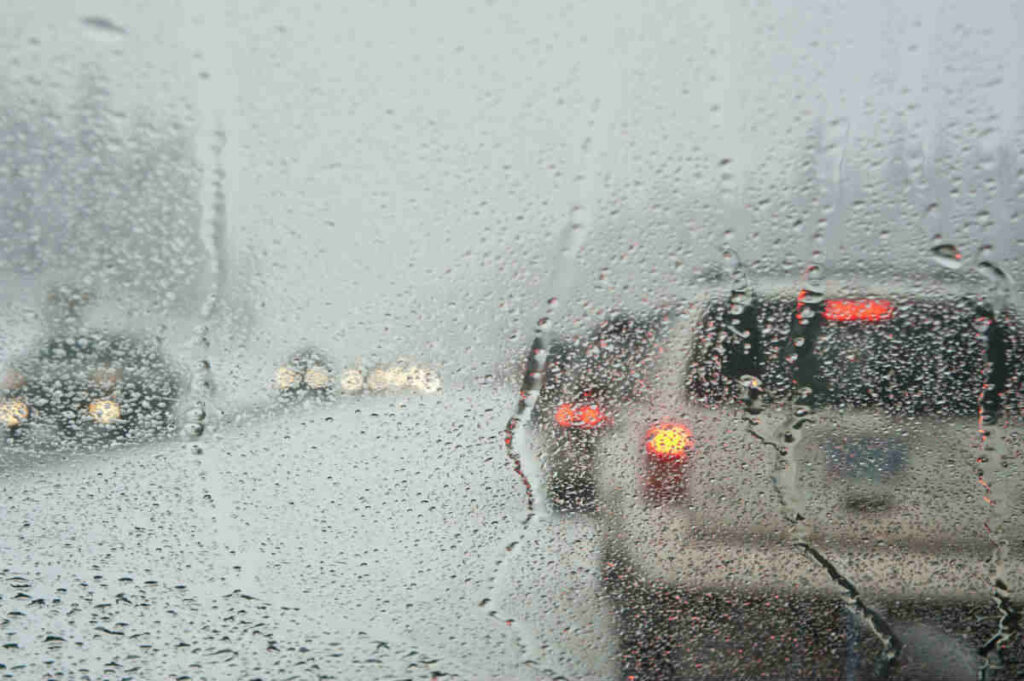Introduction
Imagine your car as an athlete. Just like a runner needs to be wary of the weather when planning a marathon, your vehicle’s performance and longevity can be significantly influenced by the elements. From sunny days to snowy blizzards, different weather conditions can put your car through its paces in various ways. So, let’s pop the hood and explore how Mother Nature can affect your vehicle’s integrity and safety .
Sunny Days: The Silent Tire Slayer
While we often associate clear, sunny weather with perfect driving conditions, excessive heat can be a silent culprit in vehicle damage. High temperatures can wreak havoc on your tires. The heat causes the air inside the tires to expand, increasing the risk of a blowout, especially if they are already worn or under-inflated. Additionally, prolonged exposure to the sun can cause your car’s paint to fade and its interior to deteriorate, cracking dashboards and seats over time.
What to Watch Out For:
- Check tire pressure regularly, especially before long trips.
- Use a car cover or park in the shade to protect your vehicle’s paint and interior.
Rain: Hydroplaning Hazard
Rain is a common weather condition that can turn a routine drive into a slippery challenge. Wet roads reduce tire traction, increasing the likelihood of hydroplaning, where your tires lose contact with the road surface. This can lead to loss of control and potential accidents. Moreover, water can find its way into the smallest crevices, potentially causing rust and corrosion over time, particularly in older vehicles.
What to Watch Out For:
- Ensure your tires have sufficient tread depth to improve grip on wet roads.
- Drive slower and maintain a safe distance from other vehicles.
- Regularly inspect your vehicle for rust and address any spots immediately.
Snow and Ice: Winter’s Wrath
Winter weather can be particularly brutal on vehicles. Snow and ice not only make roads treacherous but can also cause significant damage to your car. Salt used on roads to melt ice can accelerate rust and corrosion on your vehicle’s undercarriage, brakes, and exhaust system. Cold temperatures can also thicken fluids, making it harder for your engine to run smoothly and reducing battery efficiency.
What to Watch Out For:
- Wash your car regularly during winter to remove salt buildup.
- Use winter tires to improve traction on snowy and icy roads.
- Check your battery health before winter sets in.
Wind: The Unseen Force
Strong winds might not seem as immediately dangerous as other weather conditions, but they can be surprisingly hazardous. High winds can push your vehicle off course, especially if you’re driving a high-profile vehicle like an SUV or truck. Flying debris can also cause scratches, dents, or even break windows.
What to Watch Out For:
- Keep a firm grip on the steering wheel and reduce speed in high winds.
- Be mindful of larger vehicles that may be more affected by wind.
- Inspect your car for damage after driving through windy conditions.
Hail: Nature’s Pellet Gun
Hailstorms can cause sudden, severe damage to vehicles, turning your car’s exterior into a golf ball-like surface. Hailstones vary in size and can dent metal surfaces, crack windows, and even damage the car’s mechanical components if the impact is strong enough.
What to Watch Out For:
- If a hailstorm is forecast, seek shelter for your vehicle in a garage or under a covered area.
- Consider investing in a car cover designed to protect against hail.
Extreme Cold: The Engine’s Nemesis
Extreme cold can turn your car into a popsicle, affecting various systems. Batteries struggle in low temperatures, and engines can have difficulty starting. Fluids, such as oil and antifreeze, can thicken, reducing their effectiveness. Additionally, cold weather can cause tire pressure to drop, leading to under-inflated tires that wear out faster and reduce fuel efficiency.
What to Watch Out For:
- Keep your gas tank at least half full to prevent fuel lines from freezing.
- Use engine block heaters in extremely cold climates to help start your car.
- Check and maintain proper tire pressure regularly.
Conclusion: Stay Weather-Wise
Just as we dress appropriately and take precautions for different weather, our vehicles need special attention to weather the elements. By being aware of how various weather conditions can impact your car, you can take proactive steps to minimize damage and ensure your vehicle remains safe and reliable.
So, next time you check the weather forecast, remember that it’s not just about whether you’ll need an umbrella or a coat—your car needs a bit of TLC too! Drive safe, and keep an eye on the sky. If you need help with our auto body repair click here








